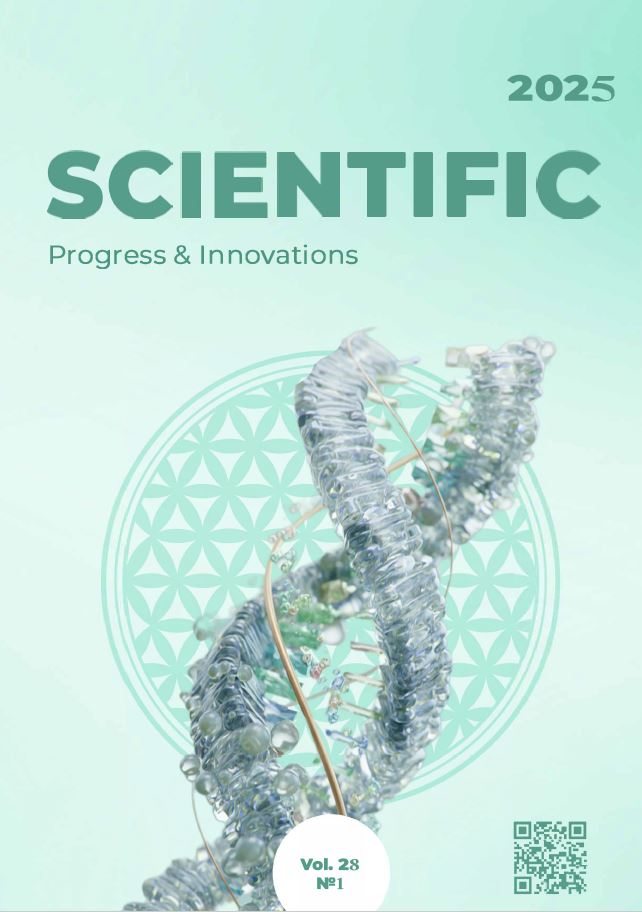Biological threats in the fish industry of Ukraine due to antibiotic resistance of Escherichia coli strains in fish and fish products
DOI:
https://doi.org/10.31210/spi2025.28.01.22Keywords:
Escherichia coli, antibiotic resistance, multidrug resistance, biosafety, carbapenems, cephalosporins, fluoroquinolonesAbstract
Ukraine's fishing industry is part of the food sector and requires quality control and biological safety of fish and fish products. Significant spread of enteropathogenic strains of Escherichia coli recorded in EU member states. The resistance of such strains to antibiotics poses a global problem for the health of humans, animals, and poultry due to the transmission of antibiotic resistance to other types of bacteria, including the gut microbiota. The main priorities of the global One Health strategy are to preserve human, animal and poultry health while producing high-quality and safe products. According to the strategy, Ukraine has implemented a national action plan to combat аntimicrobial resistance. Therefore, the aim of the study was to investigate E. coli strains isolated from fish and fish products for susceptibility to antibiotics of different groups, to study and interpret the antibiogram, to assess the level of susceptibility to antibiotic drugs, to identify and select strains of E. coli resistant to indicator cephalosporins and carbapenems for further screening for the production of acquired resistance enzymes. The study was conducted by the disc diffusion method. Discs with antibiotics were used, their diffusion into agar was controlled, and the results of the study of isolated E. coli strains were interpreted according to the current EUCAST versions. Among the 45 E. coli cultures isolated from fish and fish products, 4 (9.8 %) experimental strains were found to be sensitive to all antibiotics of different groups. The remaining 41 strains of E. coli (91.2 %) showed different levels of antibiotic resistance, ranging from mono- to multi-antibiotic resistance. Resistance to 1–2 antibiotics was detected in 17 (37.8 %) of the tested E. coli strains. Multidrug resistance to 3 to 7 antibiotics was found in 62.2 % of the isolated E. coli strains. The analysis of antibiograms showed that all 45 (100 %) strains of E. coli were susceptible to aztreonam (monobactams group), amikacin and gentamicin (aminoglycosides group). Sensitivity to nitrofurantoin (group of various agents) was detected in 1 (2.2 %) strain of E. coli. Sensitivity to tobramycin (aminoglycoside group), norfloxacin and moxifloxacin (fluoroquinolone group) was inherent in 2 (4.4 %) strains of E. coli, respectively. High resistance to all other antibiotics was found – from 3 to 20 (6.7 % and 44.4 %, respectively) of the tested E. coli strains. Based on the results of the study, 20 experimental strains of E. coli that showed resistance to the indicator cephalosporins ceftazidime, cefepime, cefoxitin and the carbapenems meropenem and ertapenem were selected for screening for the production of acquired resistance enzymes.
Downloads
Published
How to Cite
Issue
Section
License
Copyright (c) 2025 Scientific Progress & Innovations

This work is licensed under a Creative Commons Attribution 4.0 International License.

 Creative Commons Attribution 4.0 International Licens
Creative Commons Attribution 4.0 International Licens